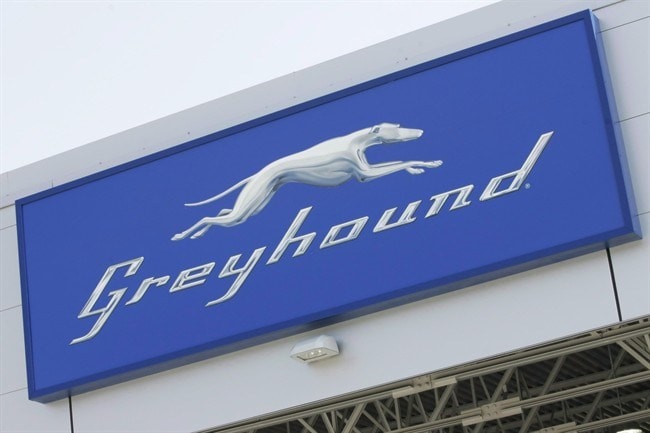By Alexander Panetta, The Canadian Press
WASHINGTON - For a glimpse into the future of the Canada-U.S. border, talk to Randy Powell.
He's seen some of the new ways travellers might soon be clearing customs under a binational agreement announced this week.
That's because some of these new methods are being tested on his trains. His luxury tour company has worked with customs officials on different possibilities for simplifying travel.
He likes method No. 3 the most — that's the latest one.
In the first experiment, U.S. customs agents would board trains at the B.C.-Washington State border and process passengers aboard, instead of forcing them off. The second saw his Vancouver-based company, Rocky Mountaineer, turn a train car into a customs booth and passengers filed through it.
In the latest one, passengers barely need to budge. U.S. customs agents hop aboard and scan everyone's passport with a little gizmo that looks like a smartphone. They do this nowhere near the border. There's no need to empty the train, no need to deal with that border, and definitely no queuing up at customs.
"So when we're done, they get off the train and away you go," Powell said.
He got involved in testing five years ago as his tour company planned to add a Vancouver-Seattle route. The countries were already working on plans for a next-generation border. And the U.S. Department of Homeland Security saw his small, luxury line as an ideal subject for one of its pilot projects.
Fast-forward to Monday. Powell was in Washington to celebrate the signing of a new customs arrangement that could revamp the way Canadians and Americans cross the border.
If it's ratified by each country, it would allow customs agents to perform pre-clearance duties in the neighbouring country for travel by car, bus, train and ship.
The system already exists for air travel at eight Canadian airports. Passengers pass customs in Toronto or Ottawa and avoid potentially longer lines in New York and Washington.
The result of all this would be a virtual customs zone.
Suddenly, customs could be cleared anywhere — on a train; a highway rest area; a bus station; or countless other spots beyond that same old string of checkpoints prone to bottlenecks and delays.
The future of the border might feel a little less like a simple horizontal line, and a little more like a statistical regression analysis — with a bunch of points sprinkled in clusters along an axis.
"It's fabulous. We're thrilled," said the Rocky Mountaineer president.
"We've been working on this file for the last five years. They've been working on this far longer than me."
The Greyhound bus company wants some of what that train company is testing.
It would probably require a different model for buses, given the scores of trips per day in different directions. A possible scenario would see Canada and U.S. set up customs offices in bus stations.
Greyhound longs for the day when passengers can skip the border. As of now, buses pull over at the border, line up, and wait for their turn. Eventually, passengers clear out and line up in the customs building.
Stuart Kendrick said that process averages 45 minutes and can last up to three hours on the busiest days at the busiest spot, the Ontario-New York Peace Bridge.
Kendrick wasn't at the Washington announcement but he applauded it from afar.
"This is really exciting, good news for us," said the Greyhound Canada vice-president.
"You're just going to whip right through (customs). That's a big attraction to us, and it would be an even bigger attraction to the customer."
Another possibility for buses is to pull off the road, and process passengers near the border. That's a bit more like one option envisioned for passenger vehicles.
Passenger vehicles represent the most complex challenge, said a U.S. cabinet secretary. He said different spots will probably wind up with different models.
"Site by site, there's going to be some negotiation," said Homeland Security Secretary Jeh Johnson.
"There's going to be a fair amount of negotiation that goes into each site."
If ratified by lawmakers, negotiations could then begin with subnational governments and private-sector companies, like Greyhound and the bus-station authorities.
Kendrick said he hasn't been given a timeframe for when all of this could be in place.
He said he hopes it's soon.
